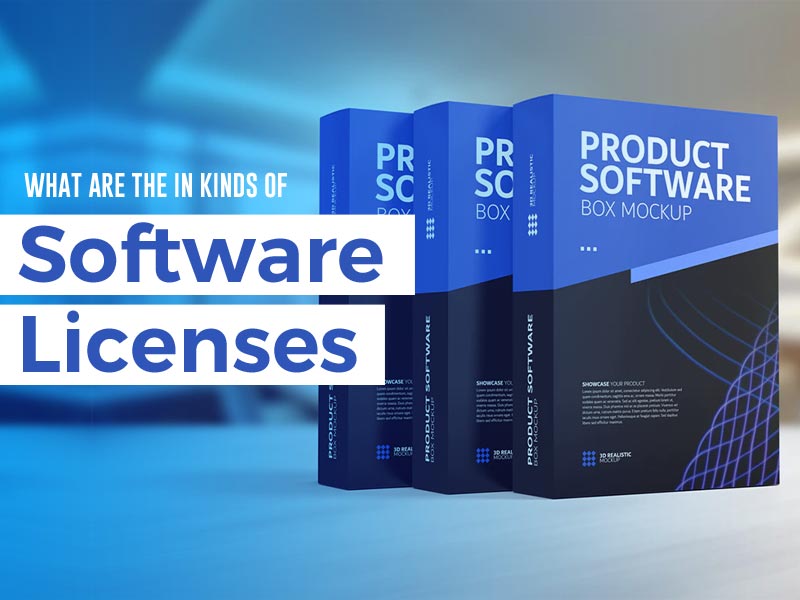Inside the Mechanics: Understanding The Way Authentic License Agreements Operate
In a world ever more reliant on digital solutions, the significance of genuine software licenses cannot be overstated. As people and companies embrace technology, understanding the intricacies of software licenses is vital for ensuring compliance, protecting intellectual property, and making informed purchasing decisions. With the growing prevalence of software piracy and unlicensed solutions, traversing the landscape of authentic licenses has become a necessity for users at all levels.
Real software licenses serve as the legal basis that governs how software are used, shared, and distributed. They outline the rights and responsibilities of both the software creator and the consumer, providing a framework that maintains the value of innovation while safeguarding users from potential legal issues. As we delve deeper into the mechanisms behind these licenses, it becomes clear that grasping their nuances is essential for anyone looking to maximize the benefits of the software they rely on.
Types of Application Licenses
Application licensing can be generally categorized into two primary types: exclusive licensing and open source licenses. Exclusive licenses grant the software publisher exclusive rights to the software, meaning that the user is restricted from modifying, distributing, or releasing the application without permission. These licensing typically necessitate users to pay for the software and may come with particular terms of use that define how the software can be used. Examples of exclusive application include Microsoft Windows and Adobe Photoshop, which are famous for having strict licensing agreements.
Conversely, open source licensing allow users to openly access, modify, and share the software. The codebase is made available to the public, encouraging collaboration and creativity. Open-source licensing usually come with specific conditions, such as demanding that any derivative works also be shared under the same licensing. Popular instances of open-source software include the Linux OS and the Apache web server, both of which have large groups that support to their development.
Furthermore, there are hybrid licenses that combine elements of both exclusive and open-source licenses. These licenses allow certain features of the software to be open-source while maintaining other parts proprietary. This method gives individuals the benefits of community collaboration while still safeguarding the intellectual property of the application developer. activatusoftware.com of mixed licenses include certain versions of the Creative Commons license, which can be used to various types of content, including software.
Key Components of Licenses
An important elements of software licenses is the scope of use, which defines how the software can be used by the licensee. This can encompass limitations on the number of individuals, the settings in which the software can be operated, and particular conditions under which the software may be altered or shared. Understanding the scope is essential for organizations to ensure compliance with the license terms and prevent possible legal issues.
Another essential element is the license duration, which specifies the time frame for during which the license is valid. Licenses can be perpetual, meaning they last indefinitely, or subscription-based, requiring renewal at regular intervals. The duration affects budgeting and planning for software usage, as organizations must take into account whether they want a sustained investment or a more flexible, short-term solution that enables adaptation to changing needs.
Lastly, the support and maintenance terms included in a software license outline the level of assistance provided by the vendor. This may encompass updates, bug fixes, and customer support availability. Understanding these terms guarantees that organizations can maintain their software effectively and capitalize on new features or enhancements, ultimately enhancing their operational efficiency.
Upholding and Adherence
Upholding of genuine software licenses is vital for maintaining the validity of the software industry. When developers issue licenses, they set clear terms and conditions that users must comply with. Violations of these licenses can lead to litigation, where software companies may pursue offenders through litigation or settlements. The success of these compliance measures helps prevent piracy, ensuring that developers receive equitable compensation for their work.
Adherence with software licenses is important for users as well. Organizations must implement measures to ensure that their software usage matches with the licenses they sign. This typically includes regular audits, employee education, and strong software inventory management. Noncompliance to comply can result in significant legal repercussions, including monetary penalties and negative publicity for businesses that ignore their licensing obligations.
In recent years, many software companies have implemented more assertive approaches to upholding and adherence. This includes the use of software solutions that observe software usage and identify potential license violations. By leveraging technology, companies can enhance the compliance process and resolve violations before they become serious. The goal is to promote a culture of respect for intellectual property, benefiting both developers and users in the same measure.
